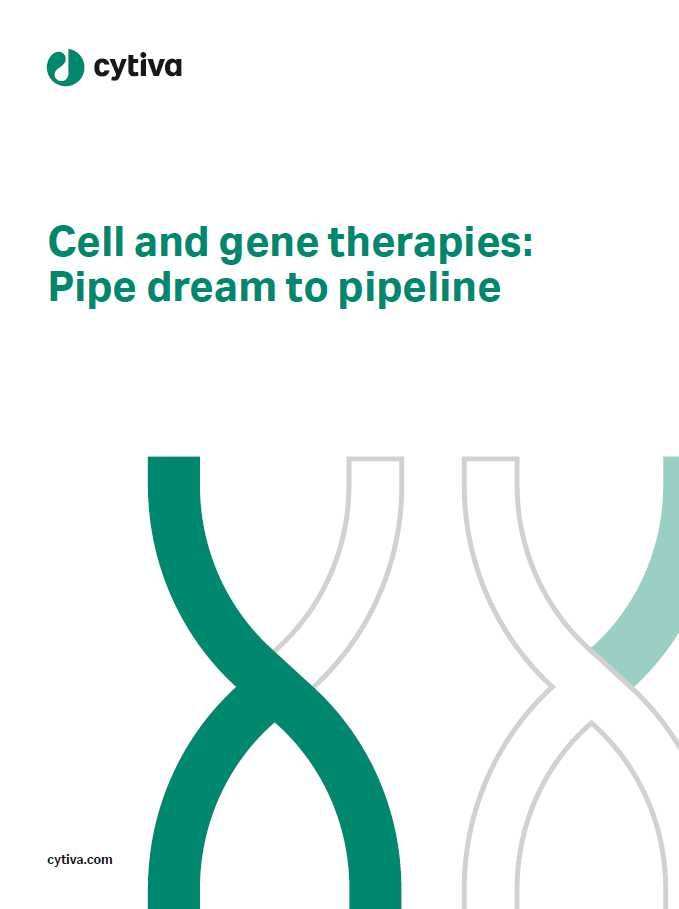
Chimeric antigen receptor T-cell (CAR-T) therapies have recently demonstrated long-term remission in several hematological malignancies and, as a consequence, are moving into earlier lines of therapy. These results have sparked significant industry interest in investigating CAR-T therapy in solid tumors with the hopes of eliciting comparable efficacy and safety profiles; however, treating solid tumors with CAR-T therapy has thus far proven problematic, with mediocre efficacy and safety data reported in several solid tumor types.
Critical to optimizing patient response to CAR-T therapy is the selection of an appropriate tumor target that provides sufficient selectivity for the CAR-T cells to recognize and attack tumor cells with minimal on-target off-tumor activity. HER2 is one of the most common targets across all of oncology due to its well-established tumorigenic activity and overexpression in several highly prevalent tumor types. According to the GlobalData Pharma Intelligence Center, a total of 32 HER2-directed CAR-T cell therapies are in the pipeline targeting HER2-positive tumors; nine are being investigated in breast cancer, eight in gastric cancer, and six in glioblastoma multiforme.
However, the success of these novel CAR-T cell therapies is contingent on demonstrating superior efficacy and safety to currently available HER2-directed therapies. Within the HER2-positive breast cancer market, the benchmarks have been set high. First-line treatment for HER2-positive breast cancer comprises dual HER2 blockade with either of Roche’s anti-HER2 monoclonal antibodies, Herceptin (trastuzumab) or Perjeta (pertuzumab), plus a taxane, demonstrating a median overall survival (OS) of 56.5 months in the Phase III CLEOPATRA trial. Second-line treatment consists of treatment with an antibody-drug conjugate, such as Roche’s Kadcyla (trastuzumab emtansine), which in the Phase III EMILIA trial demonstrated a median progression-free survival of 9.6 months. Third-line treatment is not universally agreed upon, but often consists of trastuzumab plus a small molecule HER2 inhibitor such as Seagen’s Tukysa (tucatinib), which in the pivotal Phase II HER2CLIMB trial showed a median OS of 21.9 months in combination with trastuzumab.
The lack of supporting evidence that HER2-directed CAR-T therapies can compete with these benchmarks raises salient concerns regarding their clinical positioning. Entry of these agents into earlier lines of therapy is blocked due to being outcompeted by other HER2-targeted therapies, thereby relegating them to the metastatic relapsed and refractory setting, where patient outcomes are poor. CAR-T therapy may not be best equipped to treat these patients given the long waiting times for manufacturing and the dependence of these patient populations on salvage chemotherapy, which cannot be administered concomitantly with CAR-T therapy. In addition, a major unmet need for metastatic HER2-positive breast cancer patients is to reduce or control the instances of brain metastases. CAR-T therapy will need to demonstrate efficacy in controlling brain metastases in order to remain competitive in this setting, including competing with AstraZeneca and Daiichi Sankyo’s Enhertu (trastuzumab deruxtecan) and Tukysa. Updated results from the HER2CLIMB trial demonstrated a median OS of 21.6 months for HER2-positive breast cancer patients with stable brain metastases when administered a triple combination therapy of Tukysa plus Herceptin and capecitabine.
Historically, HER2-directed CAR-T therapy has been largely unsuccessful, with one patient fatality reported in HER2-positive colorectal cancer in 2010 due to on-target off-tumor pulmonary toxicity, indicating HER2 may not be an appropriate CAR-T target. However, a Phase I/II trial (NCT00902044) evaluating HER2-directed CAR-T therapy in 17 HER2-positive metastatic or refractory sarcoma patients demonstrated a highly tolerable safety profile, contrasted against unremarkable efficacy data. Of the 17 evaluable patients, four showed stable disease, and three remained in remission for at least 16 months upon follow-up. In another Phase I trial (NCT01109095), 17 radiologically regressive glioblastoma patients received HER2-directed CAR-T therapy. Eight out of 16 evaluable patients showed an objective response, and seven achieved stable disease for at least six weeks with a median survival of 11.6 months after treatment.
Despite these mediocre responses, HER2-directed CAR-T therapy shows promise for glioblastoma considering the area’s high unmet need, lack of available treatment options after chemotherapy and radiotherapy, and a low threshold of clinically acceptable toxicity due to the acute lethality of the disease. This is reflected in the ongoing clinical trials data; GlobalData has identified 12 ongoing clinical trials for HER2-directed CAR-T therapy, five of which are in breast cancer and seven in brain tumors, despite the breast cancer market being one of the most lucrative oncology markets.
Cell & Gene Therapy coverage on Clinical Trials Arena is supported by Cytiva.
Editorial content is independently produced and follows the highest standards of journalistic integrity. Topic sponsors are not involved in the creation of editorial content.






Related Company Profiles
AstraZeneca Plc
Daiichi Sankyo Co Ltd
Seagen Inc